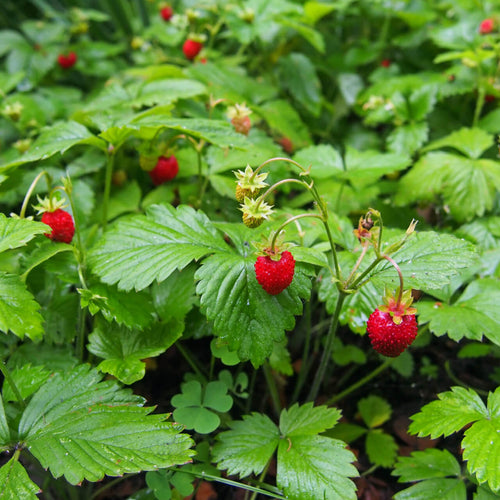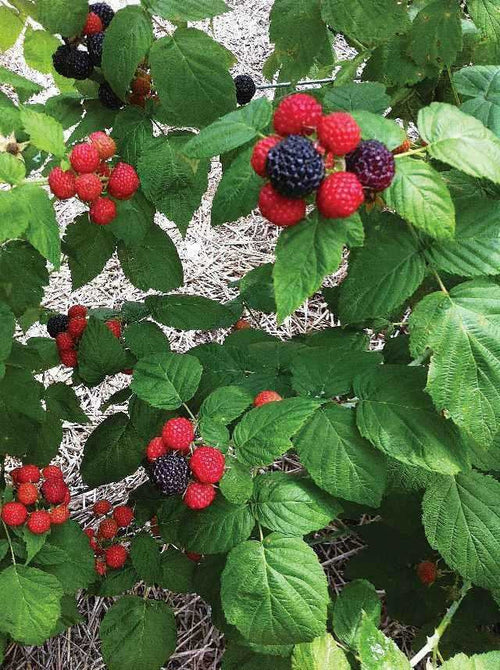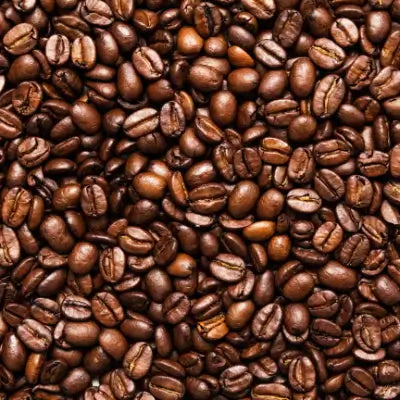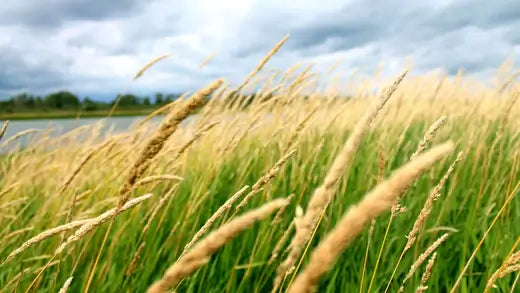The gardening world is teeming with possibilities; few experiences compare to cultivating your delicious fruits. Among the most popular choices for beginners and seasoned gardeners are strawberry, raspberry, and blueberry plants. These charming plants not only offer mouthwatering berries but also contribute to the visual beauty of your garden. In this comprehensive exploration, we'll delve into the fascinating world of these berry-bearing plants, from their characteristics and cultivation to their culinary uses and health benefits.
Strawberry Plants (Fragaria spp.)
Characteristics and Varieties: Strawberry plants are synonymous with the arrival of summer and the anticipation of juicy red treasures. They belong to the Fragaria genus and are available in three primary types: June-bearing, everbearing, and day-neutral. June-bearing strawberries provide a bountiful harvest in early summer, while everbearing types offer two yields, one in spring and another in fall. On the other hand, day-neutral strawberries provide a consistent supply of berries throughout the growing season.
Cultivation and Care: Growing strawberries requires a balance of careful attention and a bit of patience. Here are some key points to consider:
Site Selection: Choose a place with welled-drained soil. Strawberries thrive in areas that receive at least 6 hours of sunlight daily.
Planting: Plant strawberry crowns in the spring or fall. Ensure proper spacing to allow air circulation and avoid overcrowding.
Soil Preparation: To improve drainage and fertility, prepare the ground by incorporating compost or organic matter.
Watering: Keep the soil wet, especially during flowering and fruiting. Drip irrigation can help prevent diseases caused by overhead watering.
Mulching: Apply mulch around the plants to conserve moisture, suppress weed growth, and keep the berries clean.
Runners: Strawberries propagate through runners, which are horizontal stems that produce new plants. You can allow some runners to root for future plants or remove them to focus energy on fruit production.
Culinary Uses and Health Benefits: Strawberries are delectable and rich in nutrients. Their versatility allows them to be enjoyed in various ways:
Fresh Consumption: Savor the sweetness of freshly picked strawberries as a standalone snack or add them to salads, desserts, and breakfast dishes.
Preserves: Transform your harvest into jams, jellies, and sauces to enjoy the flavors of summer all year round.
Health Benefits: Strawberries contain vitamin C, antioxidants, and fiber, promoting overall health and well-being. They are known to support heart health and boost the immune system.
Raspberry Plants (Rubus spp.)
Characteristics and Varieties: Raspberry plants are cherished for their vibrant berries and diverse range of varieties. The two main types of raspberries are: summer-bearing and fall-bearing.
Summer-Bearing Raspberries: These produce fruit on canes that grew during the previous year. They offer a single, abundant harvest in the summer.
Fall-Bearing Raspberries: Also known as everbearing raspberries, these plants produce fruit on both the current season's and second-year canes. They offer harvests in both summer and fall.
Cultivation and Care: Raspberry plants thrive with proper care and attention. Here's what you need to know:
Site Selection: Choose a location with lots of sun and very little shade. Raspberries appreciate well-drained soil rich in organic matter.
Planting: Space raspberry canes according to the specific variety, usually between 2 to 3 feet apart in rows with 6 to 8 feet between rows.
Support: Install trellises, stakes, or wire systems to support the raspberry canes and prevent them from bending or breaking under the weight of fruit.
Pruning: Prune out dead, diseased, or weak canes regularly to encourage healthy growth and better airflow.
Watering: Keep the soil moist, especially during the growing season and fruit development.
Culinary Uses and Health Benefits: Raspberries are celebrated for their unique flavor and healthful qualities:
Fresh Enjoyment: Raspberries are a delightful addition to fruit salads, yogurt, and desserts. Their vibrant color adds visual appeal to a range of dishes.
Baking and Cooking: Incorporate raspberries into muffins, tarts, and sauces to infuse your culinary creations with flavor.
Nutrient Boost: Raspberries are rich in vitamins, minerals, and antioxidants. They contain dietary fiber, which supports digestive health, and contribute to overall well-being.
Blueberry Plants (Vaccinium spp.)
Characteristics and Varieties: Blueberry plants are synonymous with plump, sweet, and tangy berries. They belong to the Vaccinium genus and encompass both highbush and lowbush varieties.
Highbush Blueberries: These varieties produce large, flavorful berries and are often cultivated in home gardens. They thrive in well-drained, acidic soils.
Lowbush Blueberries: Also known as wild blueberries, these plants are native to North America. They are well-suited for colder climates and produce smaller berries.
Cultivation and Care: Blueberries flourish with the right growing conditions and care regimen:
Soil pH: The soil for blueberries has to have a pH of 4.5 to 5.5. Your soil may not be natural. Consider amending it with sulfur or other soil acidifiers.
Planting: Space blueberry bushes according to the specific variety, usually around 4 to 6 feet apart in rows with 8 to 10 feet between rows.
Mulching: Apply a thick layer of acidic mulch to maintain soil moisture and acidity.
Fertilizing: Blueberries benefit from a specialized acidic fertilizer applied in the spring. Avoid excessive nitrogen, which can hinder fruit production.
Pruning: Regularly prune dead, damaged, or overcrowded branches to maintain the health and structure of the bush.
Culinary Uses and Health Benefits: Blueberries are not only delectable but also boast an array of health benefits:
Snacking and Cooking: Enjoy blueberries fresh as a snack or incorporate them into cereals, smoothies, and baked goods.
Antioxidant Powerhouse: Blueberries are packed with antioxidants contributing to cellular health, brain function, and overall vitality.
Conclusion
The journey of cultivating strawberry, raspberry, and blueberry plants is rewarding and offers an array of delicious rewards. From the sweetness of strawberries to the tanginess of raspberries and the burst of antioxidants in blueberries, these plants bring joy to gardeners and flavor to our tables. By understanding their unique characteristics, cultivation requirements, culinary uses, and health benefits, you'll be well-equipped to embark on a fruitful journey that enhances your garden's beauty and nourishes your body and soul.



















































